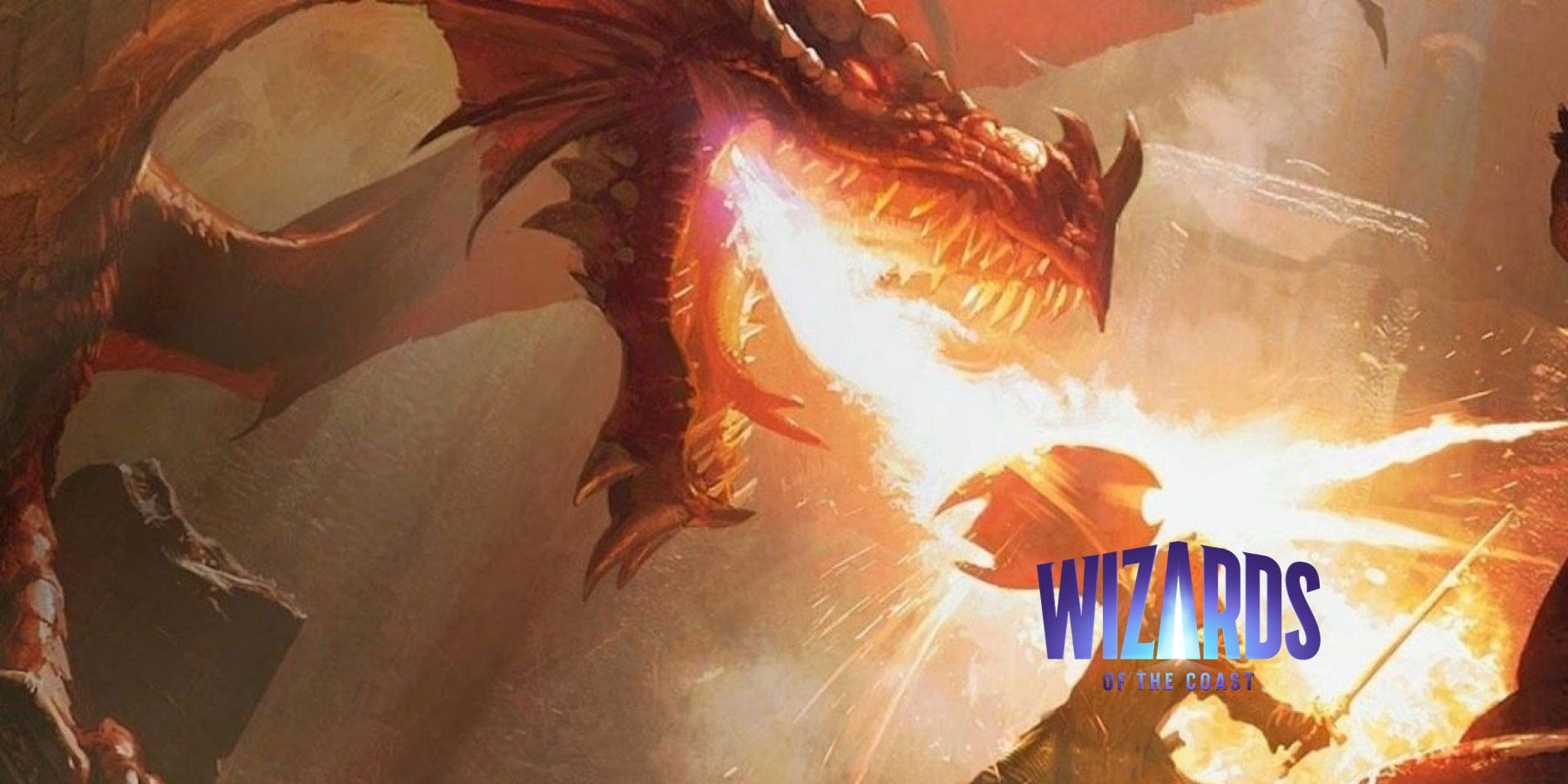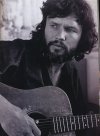TJS
Legendary Pubber
- Joined
- May 5, 2018
- Messages
- 3,684
- Reaction score
- 9,087
Yeah. I realised after I posted that I left out a lot of companies that are still around, but I think that's because an awful lot of them are basically publishing legacy games. Cthulhu, Runequest, Traveller etc may be great games but they're not new games.Hmmm
I see Free League offering 13 games, only 4 of which are based on a license, and one of the licenses is for an older RPG (T2000). These games cover fantasy, horror, sci-fi, post apocalypse etc.
The Design Mechanism has many settings for Mythras, 2 original fantasy settings, 5 mythic earth settings, one original urban fantasy, and two licensed settings. Additionally they have Casting the Runes based on the Gumshoe system.
Pinnacle / Savage Worlds has a slew of settings, some licensed some original, not even going to bother counting.
Steve Jackson Games - GURPS, The Fantasy Trip again I lack the fingers to tally these up.
Chaosium continues to offer Runequest and Call of Cthulhu and lately has begun to offer some other tid bits like Pendragon, Upwind and 7th Sea. Call of Cthulhu now covers a pretty wide range from Ancient Rome to modern times.
Cubicle 7 and Modiphius offer a slew of licensed settings.
Paizo has their "not D&D" in both fantasy and sci-fi flavors
Mongoose has the Traveller and Paranoia licenses as well as a pirate game Sea of Thieves (video game license).
Below these any of which I think can legitimately be consider the second tier there are hundreds of little guys, and below them thousands of tiny guys. Go to DTRPG, pick a genre and there is probably a game for it, and likely several even in the most obscure of genres.
The bigger problem really seems to be nobody wants to play the games I like.
I guess what I'm referring to is companies with enough presence to make new games and produce a following for alternative games. There's a lot of games now for individual groups if they're willing to try anything and don't need the wider network, but for say, players who aren't in fixed groups, there's not really much presence of other specific games.
I'm comparing now to when we had all the White Wolf Games, Cyberpunk, Seventh Sea, Legends of the Five Rings, Deadlands, etc as well as smaller companies like Dreampod 9 with Tribe 8 (who I think are probably about where Free League are now).
I'm not complaining too much in regard to my own games as I can run what I like, but in terms of forward momentum for tabletop gaming as a whole, I'm not seeing a lot.
(I'm aware of course that this is a much wider cultural issue than just gaming).
If we look at the 90s for example, gaming influenced the wider culture. - a whole raft of movies were influenced by White Wolf games, Cyberpunk was memorable enough that it inspired a computer game a generation later. Licensed games are the inverse of that trend, and most of them don't seem to stick around all that long beyond the kickstarter.
Last edited:





 .
.
 ) that those type of playtest surveys are purely PR exercises, and that Wotc never reads them. The bearded one claimed to have learnt this from some "Wotc insiders".
) that those type of playtest surveys are purely PR exercises, and that Wotc never reads them. The bearded one claimed to have learnt this from some "Wotc insiders". ). To some-quote the plebeian bard of of our time (one Stephen King*): "You need to show your work to readers and listen to their inputs - but then you better have chosen those readers carefully."
). To some-quote the plebeian bard of of our time (one Stephen King*): "You need to show your work to readers and listen to their inputs - but then you better have chosen those readers carefully."







